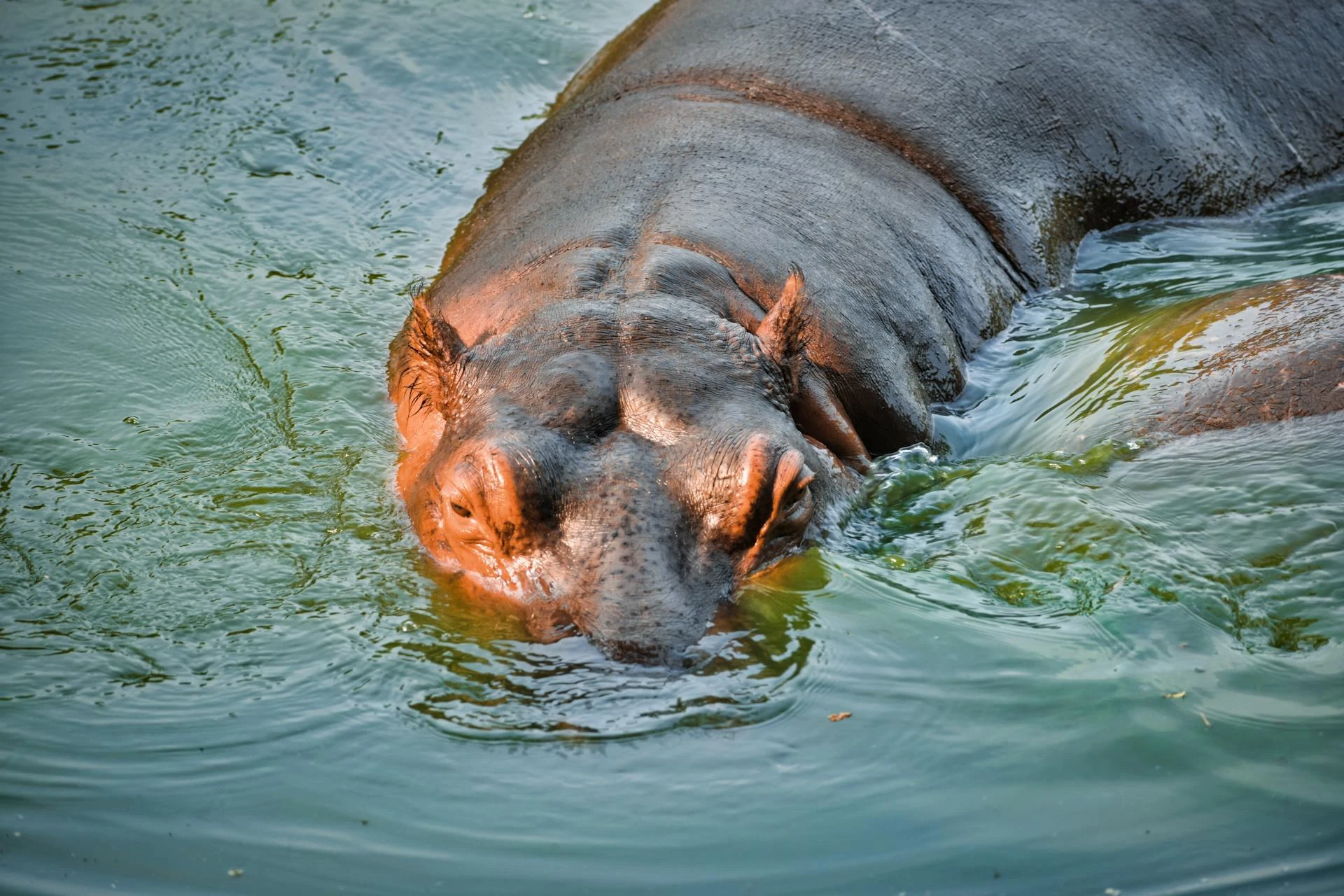Wildlife in Ngorongoro Crater
The Ngorongoro Crater offers some of the best wildlife viewing in Africa. The main predators are lion and spotted hyena, but leopard is regularly seen as well. The resident population of black rhinos is a very big attraction, as rhinos are more difficult to spot elsewhere in Tanzania. The crater is also home to a good number of old elephant bulls with massive tusks. These lone giants tend to be super relaxed around vehicles, which can result in very special sightings. Most safari heavyweights are well represented in the crater. Black rhino is the star attraction and big numbers of buffalo sweep across the grassy plains. Elephant herds rarely come through, but many lone bulls carrying massive tusks have made the crater floor their home. Although giraffes are common in the greater conservation area, you won’t find any inside of the crater. Presumably the steep walls form a natural barrier for them.
Best Time for Wildlife Viewing
Wildlife viewing is excellent in the Ngorongoro Crater throughout the year, although animals are most easily spotted during the Dry season (June to October). The scenery of the crater is most spectacular in the Wet season (November to May), but at that time the grass might be long in places. This can interfere with seeing some of the smaller animals. March and April are the wettest months.


